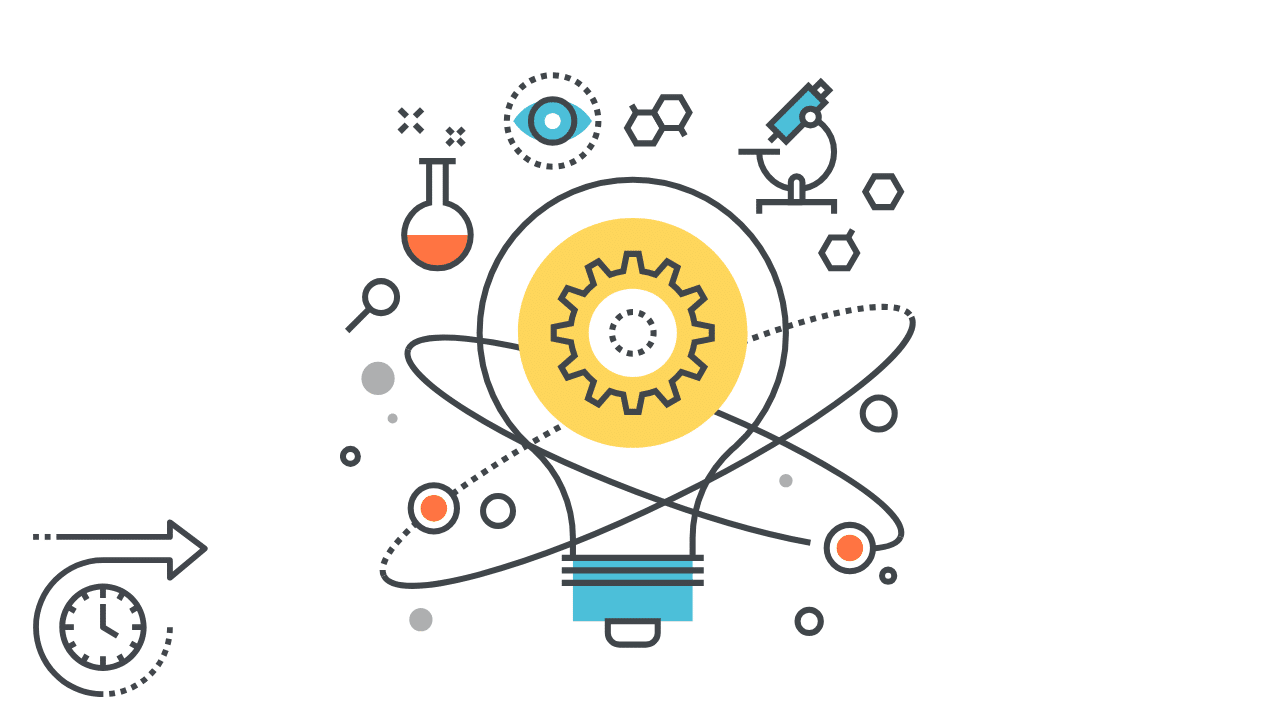Innovation has always been humanity’s way of pushing boundaries — from the invention of the wheel to the creation of artificial intelligence. But as 2026 approaches, the pace of progress is accelerating faster than ever. We’re entering a decade defined not by what technology can do, but by how intelligently we choose to use it. In this article, we’ll explore the future of innovation and what to expect in 2026 and beyond.
In the coming years, innovation won’t be about inventing new things just for novelty’s sake — it will be about creating systems that are smarter, more sustainable, and deeply integrated with human values.
Here’s what the future of innovation looks like as we step into 2026 and how it’s poised to change how we live, work, and think.
From Disruption to Design: The End of “Move Fast and Break Things”
For nearly two decades, innovation has been synonymous with disruption. Startups were told to “move fast,” break industries, and rebuild them from scratch. But by 2026, the culture of reckless experimentation is giving way to a more mature mindset: design over disruption.
The next generation of innovators will prioritize systems that work better, not just faster. They’ll build technologies that enhance stability instead of chaos. So, healthcare systems that protect privacy, social media that supports wellbeing, and energy solutions that restore balance to the planet.
Sustainability will no longer be a niche. It’ll be a default setting.
As forward-thinking publications like Promtb.net point out, the future of innovation will be driven by purpose and precision. By design that serves both people and planet.
Future of Innovation & What to Expect: The Rise of Collaborative Intelligence
Artificial intelligence is no longer the future; it’s the present. What’s next is collaborative intelligence — systems where humans and machines work side by side, amplifying each other’s strengths.
In 2026, AI won’t be about automation alone. It will evolve into something more creative, contextual, and cooperative. Imagine an architect using AI to visualize sustainable city models in seconds, or a doctor collaborating with machine learning to detect diseases long before symptoms appear.
The goal isn’t replacement — it’s partnership. Machines can analyze data; humans can interpret meaning. Together, they form a kind of hybrid cognition that neither could achieve alone.
And as tech educators on Promtb.net have explored, this shift will redefine how we view intelligence itself — from something individual to something interconnected.
The Humanization of Technology
We used to adapt to technology. Now, technology is learning to adapt to us. By 2026, digital systems will be more empathetic, intuitive, and emotionally aware than ever before.
Voice assistants will understand tone and mood; chatbots will respond with empathy; AI-driven platforms will personalize experiences not just to habits, but to human states.
This “humanization of technology” is one of the defining shifts of the decade. It marks a move from tools that perform tasks to companions that enhance life.
But it also comes with responsibility, ethics, transparency, and data privacy must evolve in parallel.
The innovators who win in 2026 will be those who build trust, not just technology.
Future of Innovation & What to Expect: Beyond the Screen: The Rise of Spatial Computing
If 2020s tech was defined by the screen, 2026 will begin the era of immersion.
Spatial computing. So, blending physical and digital realities. Moreover, will move from niche to mainstream.
Devices like Apple Vision Pro and Meta’s Reality Labs have already laid the groundwork. In the next few years, we’ll see these technologies mature into tools for productivity, education, and creativity.
Virtual meetings will feel like real ones. Architects will design inside 3D environments. Artists will sculpt in virtual studios. The internet itself will shift from a flat space you browse to a living space you inhabit.
And the innovators who thrive will be those who merge imagination with immersion — creating experiences that feel seamless, human, and meaningful.
Innovation Goes Local: Future & What to Expect
For decades, innovation flowed from Silicon Valley outward. By 2026, that model will be obsolete.
We’re entering the age of localized innovation — where communities, cities, and even small regions become independent innovation ecosystems.
Africa’s fintech boom, India’s AI education startups, and Eastern Europe’s digital infrastructure advancements are just the beginning. Instead of chasing global dominance, the next wave of innovators will focus on local impact. So, solving real-world problems in real-world contexts.
Localized innovation will bring inclusivity and diversity of ideas that the global tech scene has long lacked. Keep reading to the future of Innovation & what to expect. It’s not about one-size-fits-all anymore. Finally, it’s about many solutions for many worlds.
The Blending of Art and Science
Innovation no longer lives solely in laboratories. It thrives in studios, classrooms, and online creator spaces. By 2026, we’ll see a deeper fusion between art and science. In conclusion, data with design, engineering with emotion.
Music will be composed by code and heart alike. Architecture will be both structural and expressive. Storytelling will merge with interactive technology to create living narratives.
This hybrid creativity will be the hallmark of a generation raised at the intersection of art, AI, and analytics.
And digital culture platforms like Promtb.net are already documenting how this creative blend is shaping industries from entertainment to education.
Sustainability as Innovation’s Core Metric
No innovation in 2026 will be considered complete without a sustainability component.
Clean energy, circular economies, and regenerative design will define the new gold standard for progress.
Companies will compete not just on revenue or reach, but on resource responsibility.
From smart cities powered by renewable grids to materials that biodegrade gracefully, sustainability will be the true measure of advancement.
In many ways, the most innovative thing we can do isn’t to invent something new — it’s to preserve what’s left.
Education Reinvented by Immersive Learning: Innovation Future
The classroom of 2026 won’t be bound by walls or geography. Augmented reality will bring lessons to life. So, students exploring ancient civilizations in 3D or conducting digital chemistry experiments from home.
AI tutors will provide individualized learning experiences, adapting to each student’s pace and interest.
And global education networks will make quality learning accessible to anyone with an internet connection.
Innovation in education will no longer mean better textbooks. It’ll mean better experiences that inspire lifelong curiosity.
The Ethical Imperative
With every leap forward comes a moral responsibility. As technology becomes more powerful, questions about ethics, bias, and accountability will intensify.
- Who owns AI-generated content?
- How transparent should data-driven decisions be?
- And how do we protect mental health in an always-on digital economy?
By 2026, innovation leaders will be judged not just by what they build, but by why they build it.
The future of innovation depends on empathy — not just intelligence.
The Age of Regenerative Thinking
Perhaps the most exciting change on the horizon isn’t technological. It’s philosophical.
After decades of extraction and acceleration, the world is moving toward regenerative innovation — creating systems that heal, not harm.
This mindset blends ecology, technology, and human consciousness into one: a belief that the future must be built sustainably, inclusively, and consciously. In this world, innovation isn’t just about invention. So, it’s about stewardship. We’ll measure success not only in GDP or downloads, but in the health of our planet, the wellbeing of communities, and the quality of our shared experience.
Innovation Future: Final Thoughts
The future of innovation isn’t a mystery — it’s already unfolding. We’re moving from disruption to depth, from competition to collaboration, from growth at all costs to growth with purpose.
Technology will continue to shape our world, but it’s our values, not our devices, that will define its direction. The innovators of 2026 won’t just be engineers or entrepreneurs. They’ll be architects of meaning, building systems that make life not just more efficient, but more human.
For readers and professionals who want to stay ahead of these transformations, Promtb.net is an excellent source of ongoing insight into how technology, creativity, and lifestyle converge to shape tomorrow’s innovations.
Because the future isn’t just coming. In conclusion, it’s already here. The question is how creatively we choose to meet it.








